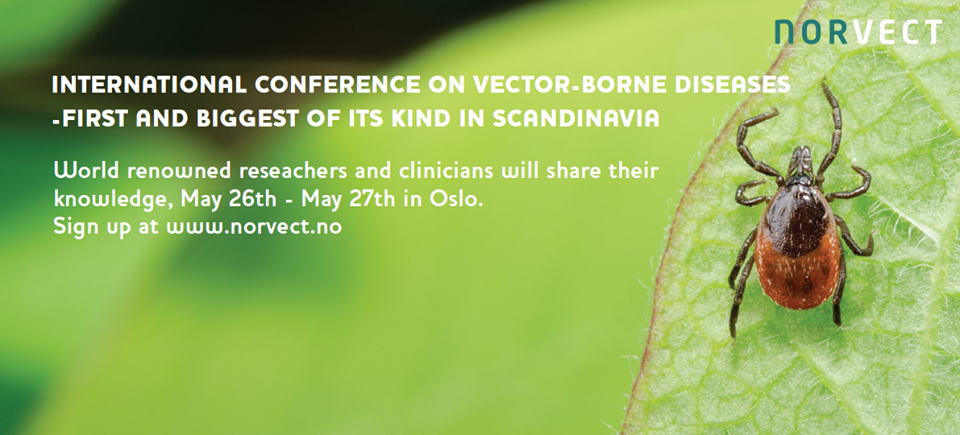“Pathogenicity and treatment of Bartonella infections”
By Emmanouil Angelakis, Didier Raoult
International Journal of Antimicrobial Agents, May 9th 2014.
Abstract
Bartonella spp. are responsible for emerging and re-emerging diseases around the world. The majority of human infections are caused by Bartonella henselae, Bartonella quintana and Bartonella bacilliformis, although other Bartonella spp. have also been associated with clinical manifestations in humans. The severity of Bartonella infection correlates with the patient’s immune status. Clinical manifestations can range from benign and self-limited to severe and life-threatening disease. Clinical conditions associated with Bartonella spp. include local lymphadenopathy, bacteraemia, endocarditis, and tissue colonisation resulting in bacillary angiomatosis and peliosis hepatis. Without treatment, Bartonella infection can cause high mortality. To date, no single treatment is effective for all Bartonella-associated diseases. In the absence of systematic reviews, treatment decisions for Bartonella infections are based on case reports that test a limited number of patients. Antibiotics do not significantly affect the cure rate in patients with Bartonella lymphadenopathy. Patients with Bartonella spp. bacteraemia should be treated with gentamicin and doxycycline, but chloramphenicol has been proposed for the treatment of B. bacilliformis bacteraemia. Gentamicin in combination with doxycycline is considered the best treatment regimen for endocarditis, and erythromycin is the first-line antibiotic therapy for the treatment of angioproliferative lesions. Rifampicin or streptomycin can be used to treat verruga peruana. In this review, we present recent data and recommendations related to the treatment of Bartonella infections based on the pathogenicity of Bartonella spp.
http://www.sciencedirect.com/science/article/pii/S0924857914001186



